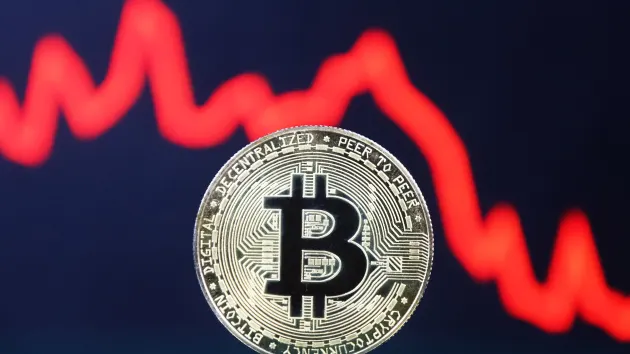One significant reason for the subdued atmosphere surrounding this “halving” event is the Federal Reserve’s (Fed) continued hesitancy regarding interest rate cuts. This cautious stance has made investors more wary of pouring significant amounts of money into BTC and other risky assets.

Long-time Bitcoin enthusiasts have eagerly awaited this event because, historically, after previous “halving” events in 2012, 2016, and 2020, the price of the world’s largest cryptocurrency has consistently surged. Chris Gannatti, head of global research at asset management firm WisdomTree, has described “halving” as one of the most significant events in the digital currency space this year.
However, many remain skeptical, viewing it merely as a technical adjustment orchestrated by speculators to drive up digital asset prices.
Financial regulatory bodies have long cautioned that Bitcoin is a high-risk asset, with limited real-world utility, despite increasing acceptance of BTC-linked trading products. Andrew O’Neill, a digital currency analyst at S&P Global, has expressed doubts about drawing lessons from predicting prices based on previous “halving” events. According to him, this is just one of many factors that could influence Bitcoin’s price.
The “halving” comes after Bitcoin reached an all-time high of over $73,750 in March. The cryptocurrency also experienced a prolonged uptrend throughout much of 2023, with a strong recovery following a downturn in 2022.
The Bitcoin and cryptocurrency markets have been buoyed by excitement surrounding the U.S. Securities and Exchange Commission’s (SEC) decision in January to approve Bitcoin spot ETFs, as well as expectations of central banks cutting interest rates. However, recently, these digital assets have faced significant pressure due to escalating tensions between Iran and Israel, causing ripple effects across all capital markets.
https://bitforum.net – Crypto forum discussions about all aspects of cryptocurrency bitforum socialfi #InnovationSocialNetwork